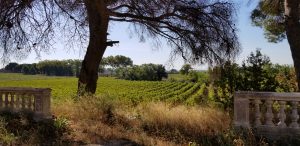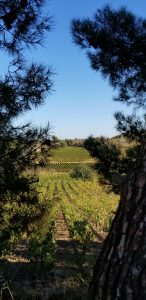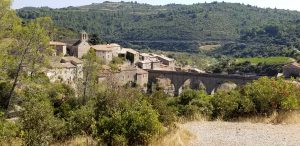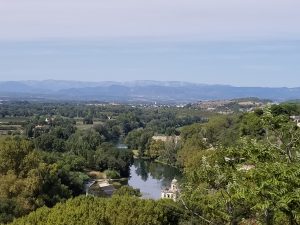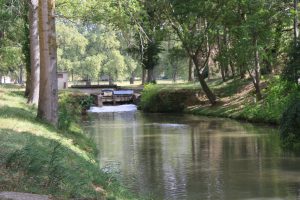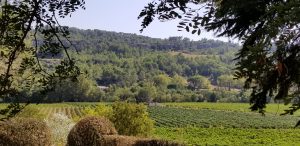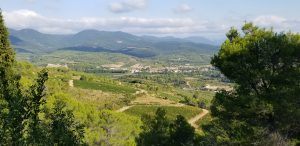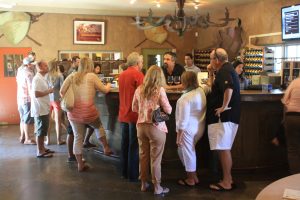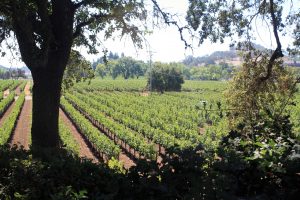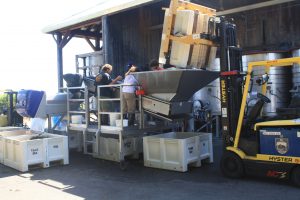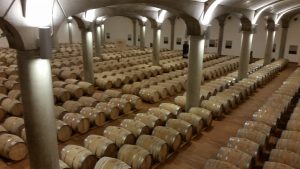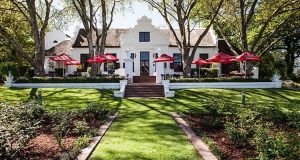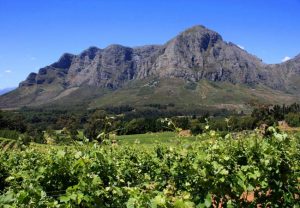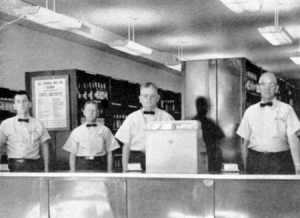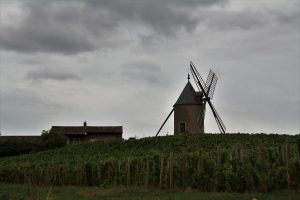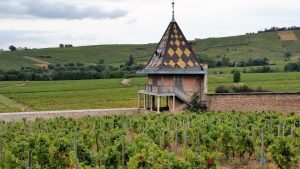It is Power Tasting’s policy not to give bad reviews of any wineries. We feel that there are so many wonderful wines and so many owners who do their best to make their visitors feel welcome that there is no need for negativism. If we feel that a particular winery makes poor wine, the less said the better. But Power Tasting is about the experience of wine tasting as a whole: the architecture, ambiance, scenery and décor as well as the wines themselves.
We are not arrogant enough to think that we have the last word on the quality of wines; if a winery is in business, someone must like what they sell. There are some wineries where we are not crazy about the wines but find the overall experience to be pleasurable.
If we had all the time in the world to go wine tasting and an infinite capacity to imbibe alcohol, we could just visit tasting room after tasting room without a care. But our time in Wine Country is limited and precious and, as with everyone, we need to be cautious about how much we drink, even if we are only sipping. So it becomes a question of how we treat those establishments where we don’t appreciate the wines but do enjoy all the rest.
Certain places come to mind, although we will not mention names. There is one in Napa Valley decorated with fine antiques, with a large fireplace and comfortable sofas and chairs. It would be the library of our dreams, the kind of place where we would sit with a vin de méditation and read great literature. But we don’t like the wine.
There is another in the southwest of France, high up on a hill with a grand castle and magnificent views over the valley. It is out of the way and hard to find, so it is never busy. We could easily fantasize that it was ours, where we would host grand dinners in the garden, overlooking the vines. But we don’t like the wine.
Another example is a fine old Long Island mansion with “good bones” as the realtors would have it. It is quite historic in the North Fork’s brief history. There seem to be concerts and weddings there every weekend. But we don’t like the wine.
So what to say about these places? We know about them because we visited them without having any idea of what we would find. Even though we were disappointed in the wines we tasted, we took some enjoyment from our visits. We often urge visitors in a section of Wine Country they have never visited to do their homework and learn about the better wineries before they go, but it’s not a bad idea to take a chance every once in a while. We have made some great discoveries that way.
Even if you are not enjoying the wine you’re being served, take advantage of the aspects of the building and the tasting room that you do like. Carry your glass with you and look around and soak up the pleasures that that winery offers you. There’s a great chance you’ll never pass this way again, so enjoy it while you’re there.
